Today, we find ourselves at a renowned Kyushu attraction: Dazaifu Tenmangu Shrine. As we stroll along the path, we notice that nearly everyone is carrying a round object. These are none other than the local specialty: Umegaemochi (梅ケ枝餅).
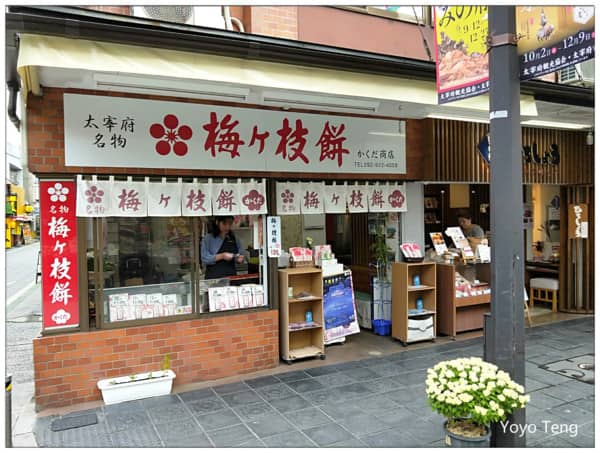
Along the entire path of Dazaifu Tenmangu Shrine, nearly ten shops are selling the renowned Umegaemochi.
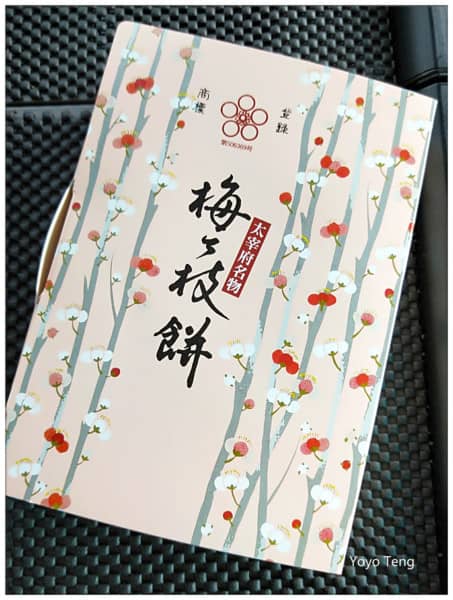
In a tiny cardboard box, there lie freshly baked pastries, still steaming and piping hot, thanks to the box’s substantial thickness that keeps them warm.
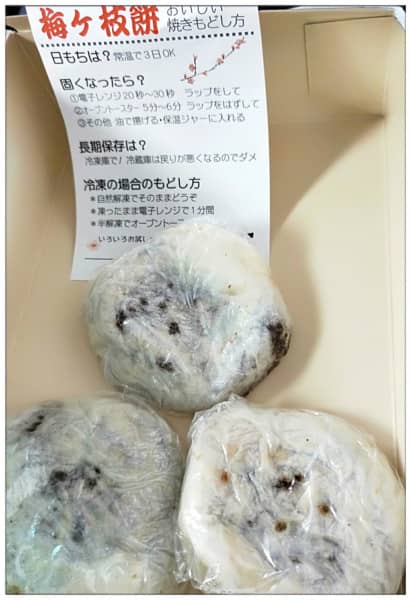
Umegaemochi, a type of plum-flavored rice cake, typically stays fresh at room temperature for up to three days. If it becomes slightly firm overnight, you can revive its softness by lightly spraying some water on it and toasting it in a small oven for 5 to 6 minutes.

Umegaemochi, a type of plum-flavored rice cake, typically stays fresh at room temperature for up to three days. If it becomes slightly firm overnight, you can revive its softness by lightly spraying some water on it and toasting it in a small oven for 5 to 6 minutes.
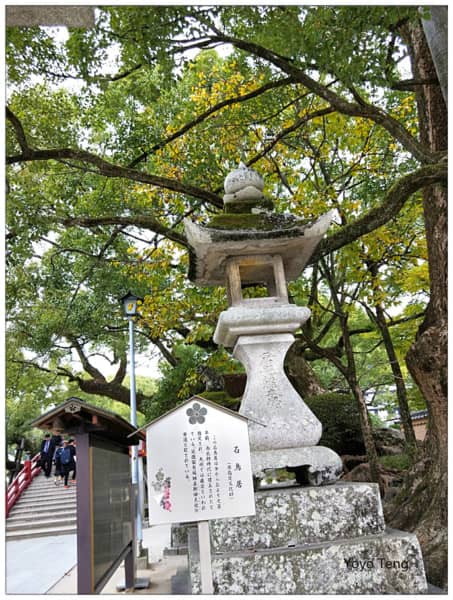
For the second time, I found myself in Dazaifu, and serendipitously, it was once again November, the heart of autumn. Despite Japan experiencing a mild winter this year, the overcast days still manage to feel chilly!
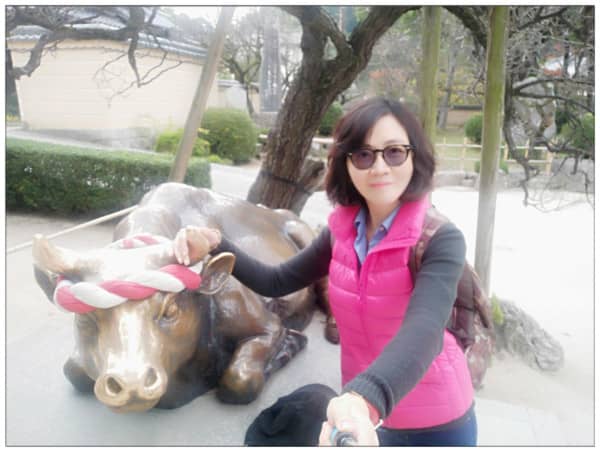
For the second time, I strolled through Dazaifu Tenmangu Shrine, obtained a protective amulet for safety, and even caressed the legendary golden cow believed to bring good fortune. Now, I plan to explore the approach to the main hall. Unexpectedly, rain begins to drizzle from the sky.
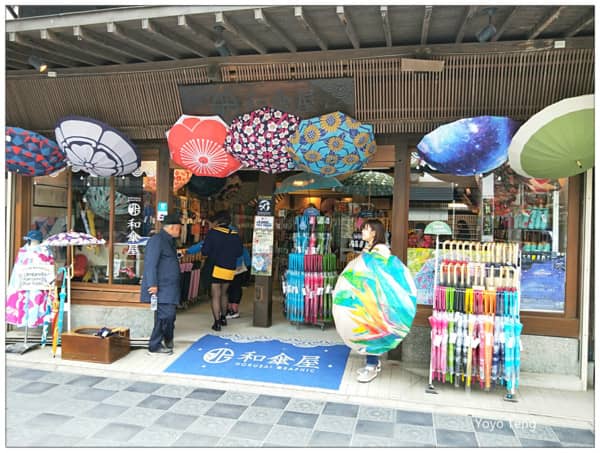
We didn’t make it to the umbrella shop on the street, as the rain intensified. Our only option was to seek shelter under the eaves of a nearby store.
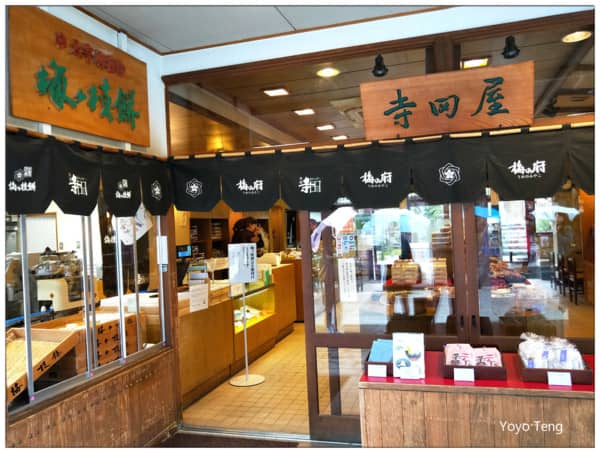
As we stepped out of Dazaifu Tenmangu Shrine, we stumbled upon a quaint little shop called “Teradaya.” Inside, it’s a specialty store dedicated to Dazaifu’s renowned delicacies. And right outside the shop, they were selling freshly made Umegaemochi—a must-try treat!
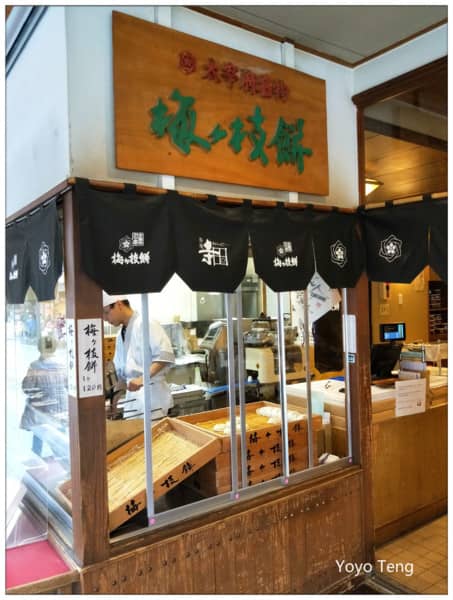
What’s even more remarkable is that here, you can witness the process of making these cakes. It suddenly dawned on me that the chewiness of Umegaemochi differs from that of regular mochi (daifuku). The outer layer of Umegaemochi is thinner, and simply moistening it with saliva gradually softens it.
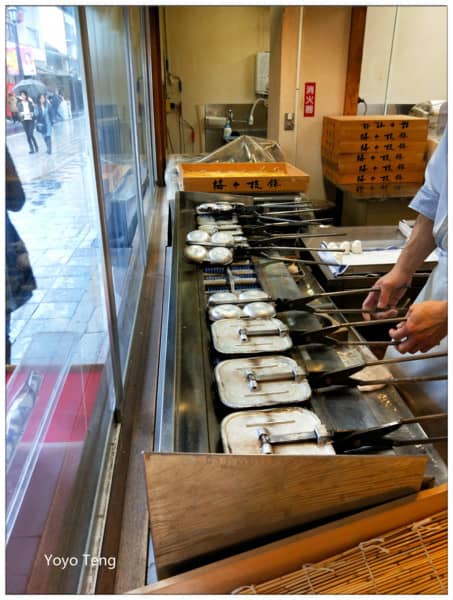
As the rain fell outside, we huddled under shelter, watching the master skillfully grill the cakes. The scene exuded a sense of tranquility and warmth.
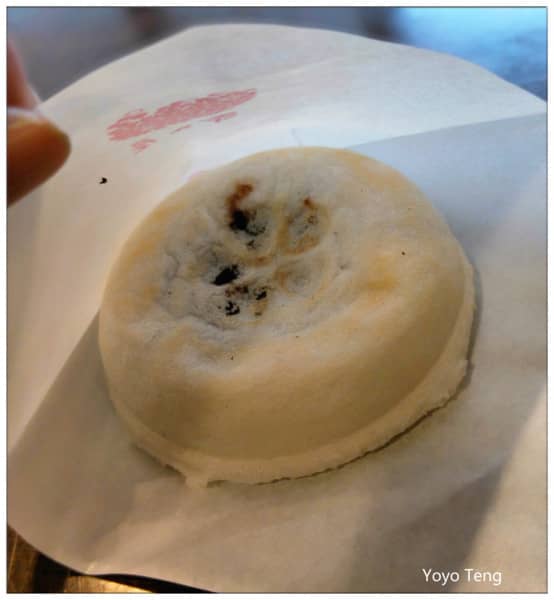
Through the process of grilling, the outer layer becomes delightfully crispy, while each bite reveals a soft, red bean filling—a harmonious blend of warmth, chewiness, and sheer delight. No wonder it has remained a perennial favorite from ancient times to the present!
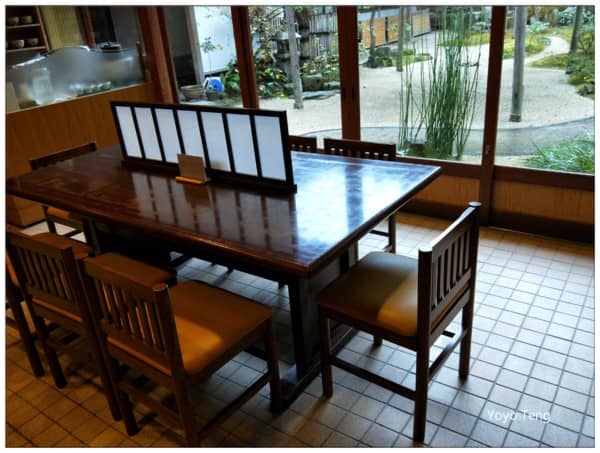
The kind-hearted lady owner, noticing the rain outside, invited me to sit in the tearoom and offered to brew tea for me. And all this for just a 120 Japanese yen Umegaemochi! It was truly worth seeking refuge from the rain in this cozy spot.
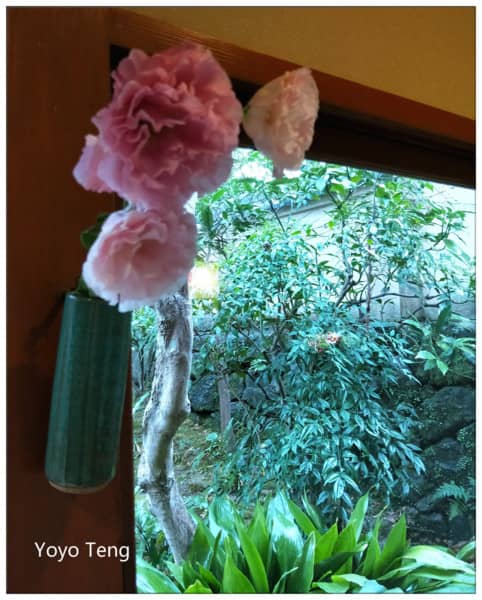
Seated by the window adorned with fresh pink roses, I gaze outside at a traditional Japanese garden.
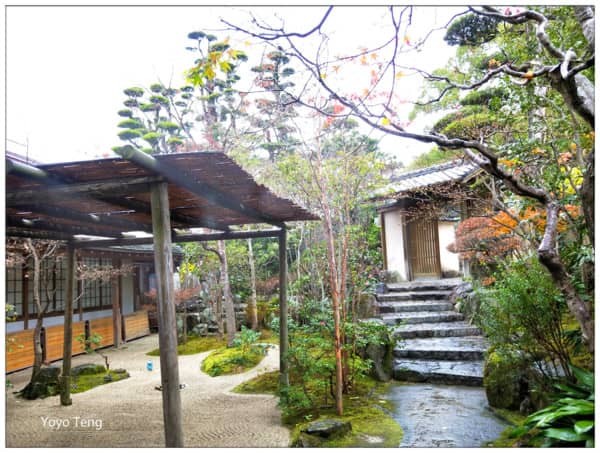
The rain prevents me from lingering here for long, but on sunny days, this spot transforms into an outdoor tea nook.
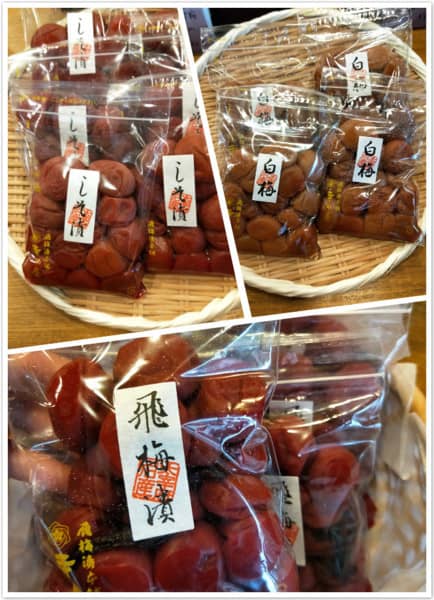
As the shopkeeper busied themselves with preparations, I took the opportunity to explore and chat with the friendly owner. What truly sets it apart is its longstanding reputation for crafting exquisite plum-based products.
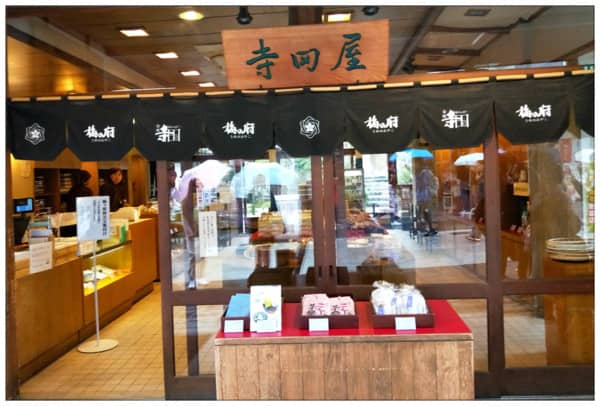
It was during the conversation that I discovered the rich history of tjis shop 寺田屋. This establishment has been in operation for an impressive 85 years, with branches not only in Kyoto but also in Osaka.
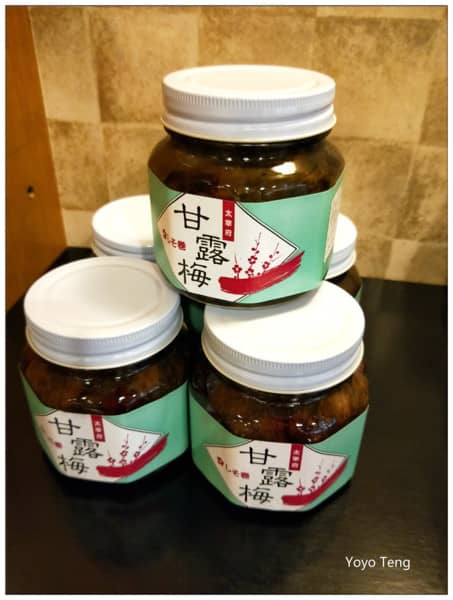
Umegaemochi, crafted with an abundance of shiso leaves, encases a core of red bean paste. But it’s not as straightforward as regular red bean mochi; its texture is delightfully unique. When paired with this treat, I could easily devour two bowls of white rice.
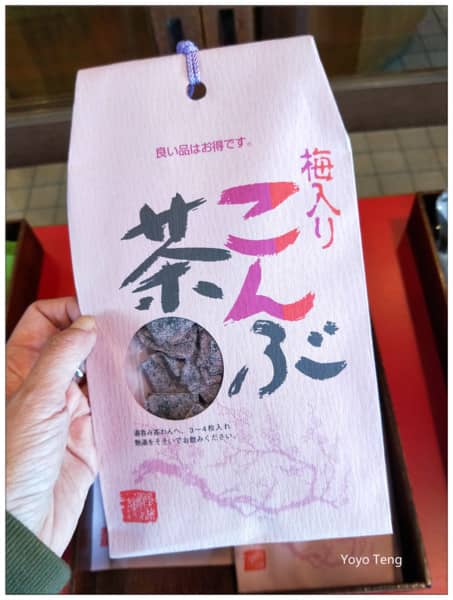
This delightful treat comes highly recommended! During wartime, soldiers often faced iodine deficiency, prompting the Japanese to invent ‘Ume Konbu Cha’—a unique tea that combines the umami of kelp with the tanginess of plums.
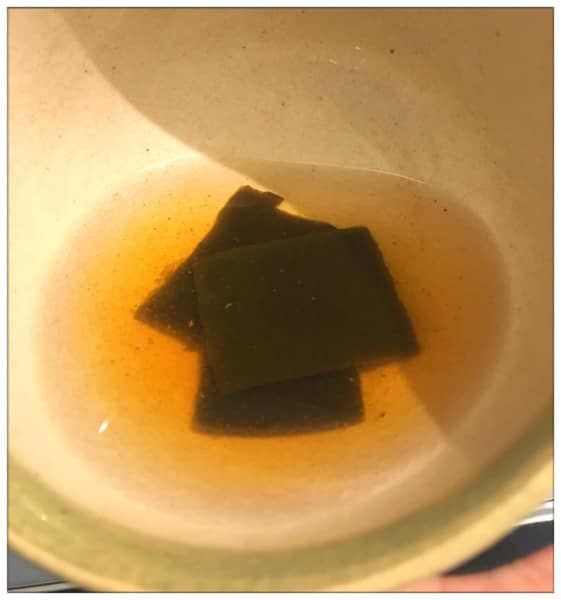
This delightful treat comes highly recommended! During wartime, soldiers often faced iodine deficiency, prompting the Japanese to invent ‘Ume Konbu Cha’—a unique tea that combines the umami of kelp with the tanginess of plums.
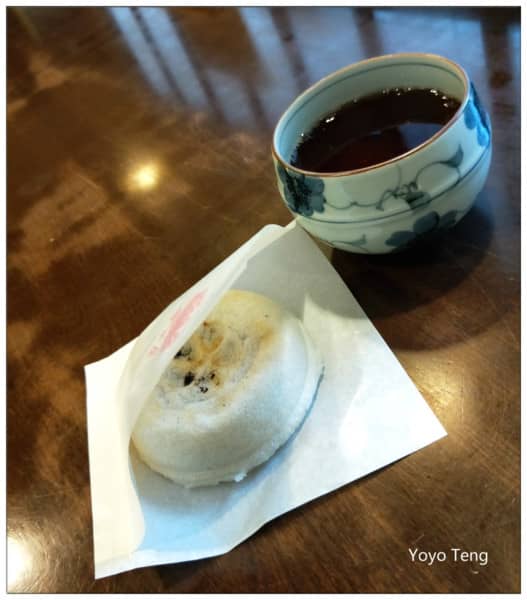
The thoughtful shop owner even treated me to a cup of hot unsweetened barley tea, the perfect companion for sweet treats.
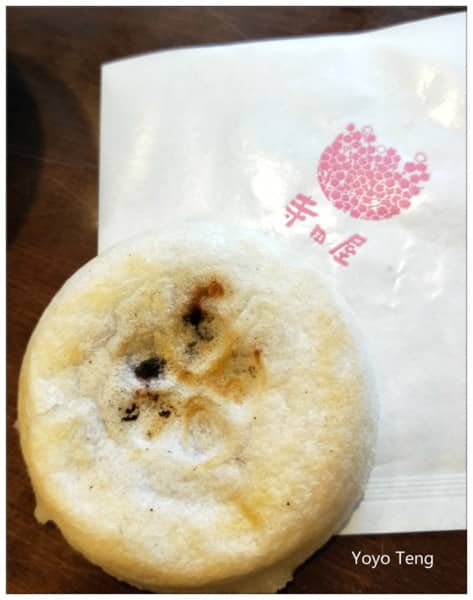
Continuing an 85-year-old tradition of pastry-making, the Umegaemochi reveals a distinct outer layer, unlike the typical mochi (daifuku). It’s been lightly toasted to a golden brown, reminiscent of crispy grilled rice cakes, harmoniously paired with a red bean filling. Its name, Umegaemochi, pays homage to the iconic plum blossom of Dazaifu.
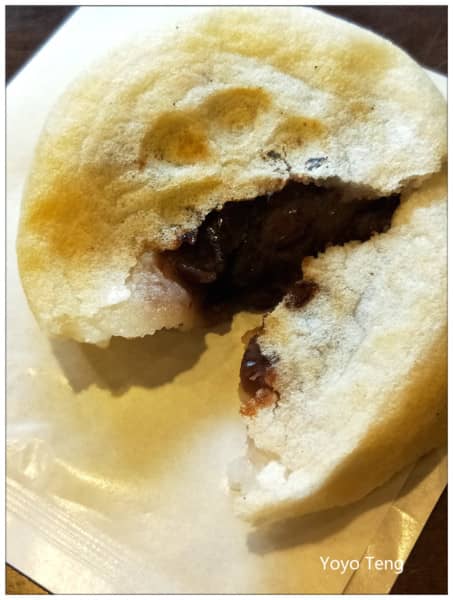
Despite its long history, this sweet treat has nothing to do with actual plums (ume). When you take a bite, you won’t detect any sour plum flavor—it’s a delightful surprise!